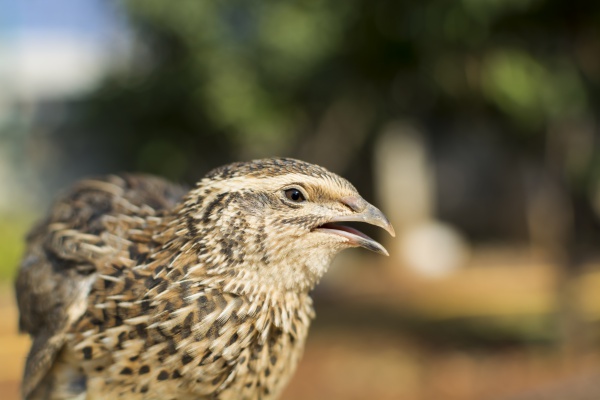Facts About Common quail
The common quail, also known as the European quail, is an endearing little bird that belongs to the pheasant family, Phasianidae. Its scientific name is Coturnix coturnix. Although these quails are not often seen, their distinctive calls are unmistakable. They inhabit regions across Europe and North Africa and are classified as "least concern" by the IUCN, indicating that they are not currently at risk of extinction. Just a note: don't confuse them with Japanese quails, which have a different call and are indigenous to Asia.
Description
The common quail is a small, rounded bird adorned with brown streaks, a white eyestripe, and, in males, a white chin. Unlike the typically short-winged game birds, these quails have relatively long wings. They measure about 18 to 22 cm in length and weigh between 91 and 131 grams.
Habits
Common quails are primarily ground-dwellers, feeding on seeds and insects they find at ground level. They are quite elusive, often hiding in crops and preferring to scurry along the ground rather than fly. Their signature "wet-my-lips" call is most often heard in the mornings and evenings. Notably, these quails are migratory birds.
Breeding
Common quails breed in open farmland and grasslands of the western Palearctic region. They lay between 6 to 12 eggs in a ground nest, and these eggs hatch in about 16 to 18 days.
Subspecies
There are several subspecies of the common quail, including the Eurasian, African, Abyssinian, Cape Verde, and Azorean subspecies. Each subspecies exhibits unique characteristics and inhabits distinct regions.
Utilization
Common quails are popular game birds and are heavily hunted during their migration through the Mediterranean region. Recently, their propagation has seen a rise in the United States and Europe, mainly among hobbyists. Historically, quail meat has been a culinary delicacy, though caution is advised as it can be toxic if the birds have ingested certain plants.

 Russia
Russia